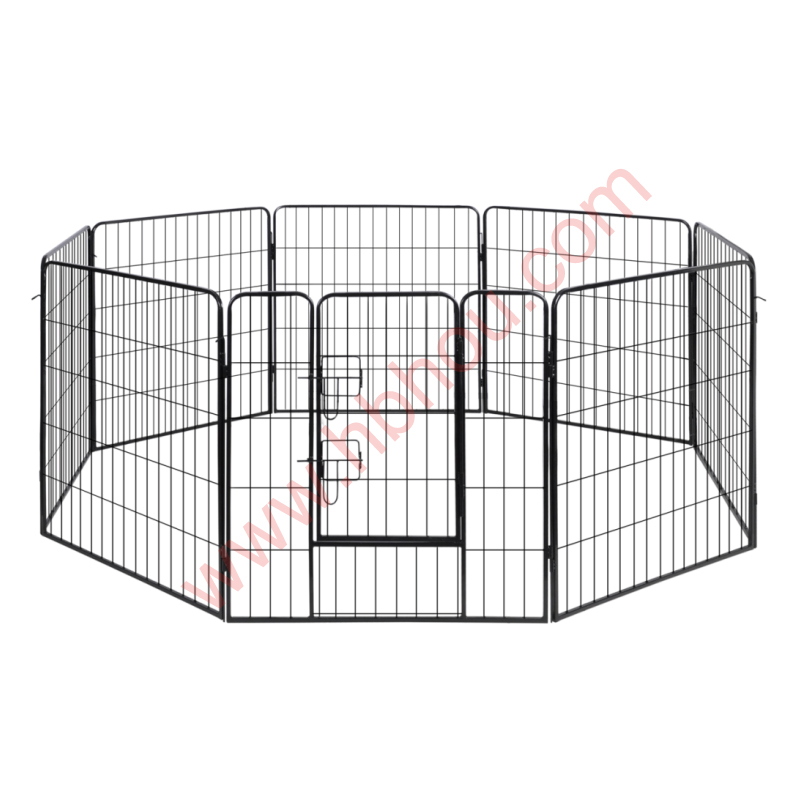How to Use a Tomato Cage A Comprehensive Guide
Gardening provides a gratifying way for individuals to grow their own food, and among the most popular garden plants is the tomato. Growing tomatoes can be immensely rewarding; however, if the plants are not properly supported, they can quickly become overwhelming and unmanageable. This is where the use of a tomato cage comes into play. Understanding how to choose and use a tomato cage effectively can be the key to a bountiful harvest of healthy tomatoes.
What is a Tomato Cage?
A tomato cage is a support structure designed to hold tomato plants upright as they grow. Typically made from sturdy materials such as metal, plastic, or wood, these cages come in various sizes and shapes, tailored to accommodate different tomato varieties. Most tomato plants require support because as they grow taller, their branches become heavy with fruit. Without support, the plants can break, leading to disease and poor yields.
Choosing the Right Tomato Cage
When selecting a tomato cage, consider several factors
1. Size Different tomato varieties have different growth habits. Determinate varieties tend to grow to a fixed height and may require smaller cages, while indeterminate varieties keep growing and need larger cages. A good rule of thumb is to choose cages that are at least 4-6 feet tall for indeterminate and 3-4 feet for determinate types.
2. Material Cages made of sturdy materials can provide better support. Metal cages are durable and can last several growing seasons, while plastic cages may be less expensive but can break down after a few uses. Wooden cages can also work but may require more maintenance.
3. Shape Standard round cages are the most common, but some gardeners prefer square or rectangular cages for indeterminate plants, as they provide more surface area for tomato branches.
4. Stability Ensure that the cage can withstand wind and the weight of fruit. Look for cages with strong bases or consider anchoring them in the ground for added stability.
tomato cage how to use

How to Use a Tomato Cage
Once you have chosen the appropriate tomato cage, it’s time to set it up. Here’s a step-by-step guide
1. Planting Your Tomatoes When you plant your tomato seedlings, place the cage over the plant. Make sure to do this early in the plant's growth to avoid damaging the roots later on.
2. Positioning the Cage Ensure that the cage is positioned securely into the soil. Bury the base of the cage several inches deep to give it solid footing. It’s essential to do this when the plant is small, as larger plants can be more difficult to maneuver.
3. Training the Plant As your tomato plant grows, gently tie the branches to the cage or guide them through the openings. This helps the plant to utilize the cage fully for support. Regularly check on the growth and adjust as necessary, ensuring that branches do not break.
4. Pruning To improve airflow and reduce disease risk, regularly prune the lower leaves and any suckers that grow in the joint between the stem and branches. This not only keeps the plant healthy but also helps in strengthening the support provided by the cage.
5. Watering and Fertilizing Continue with your regular watering and fertilization routine. Be cautious when watering to avoid dislodging the cage or the plant. A consistent watering schedule is crucial, especially as tomatoes begin to set fruit.
Conclusion
Using a tomato cage correctly can make all the difference in growing a successful tomato crop. By providing structure and support, tomato cages help prevent breakage, improve air circulation, and ultimately lead to healthier plants and more abundant harvests. Remember to select the right cage based on your tomato variety and to set it up early to ensure a thriving garden. With a little care and attention, your tomatoes can grow tall, vibrant, and full of flavor, ready for your summer salads, sauces, or salsas. Happy gardening!
















